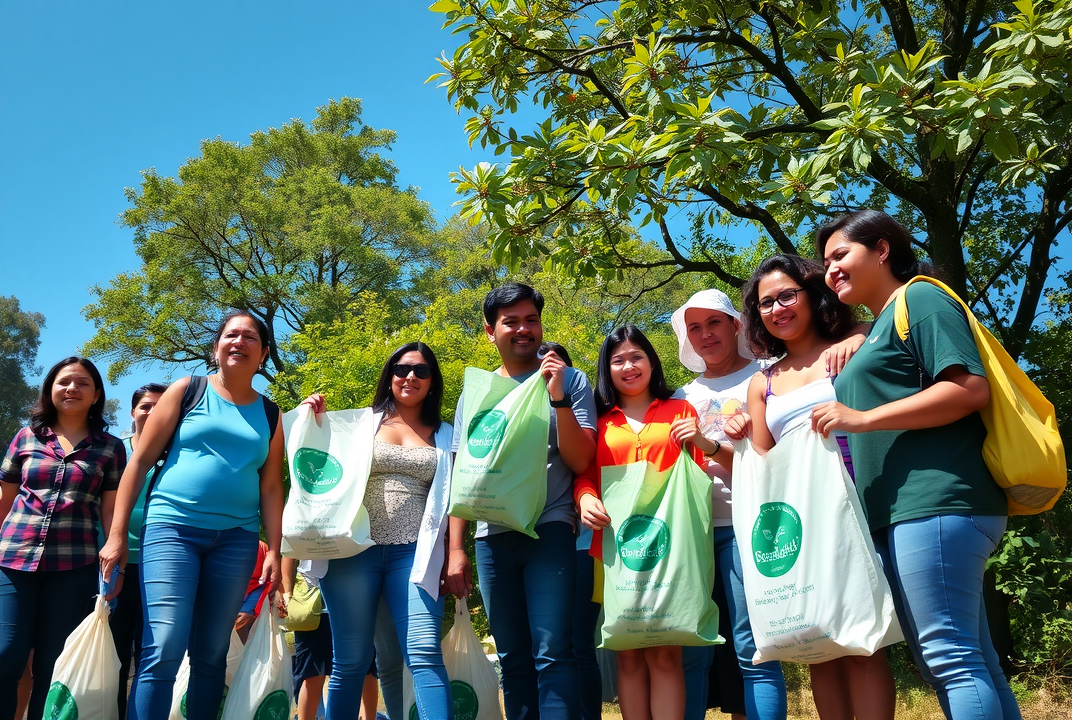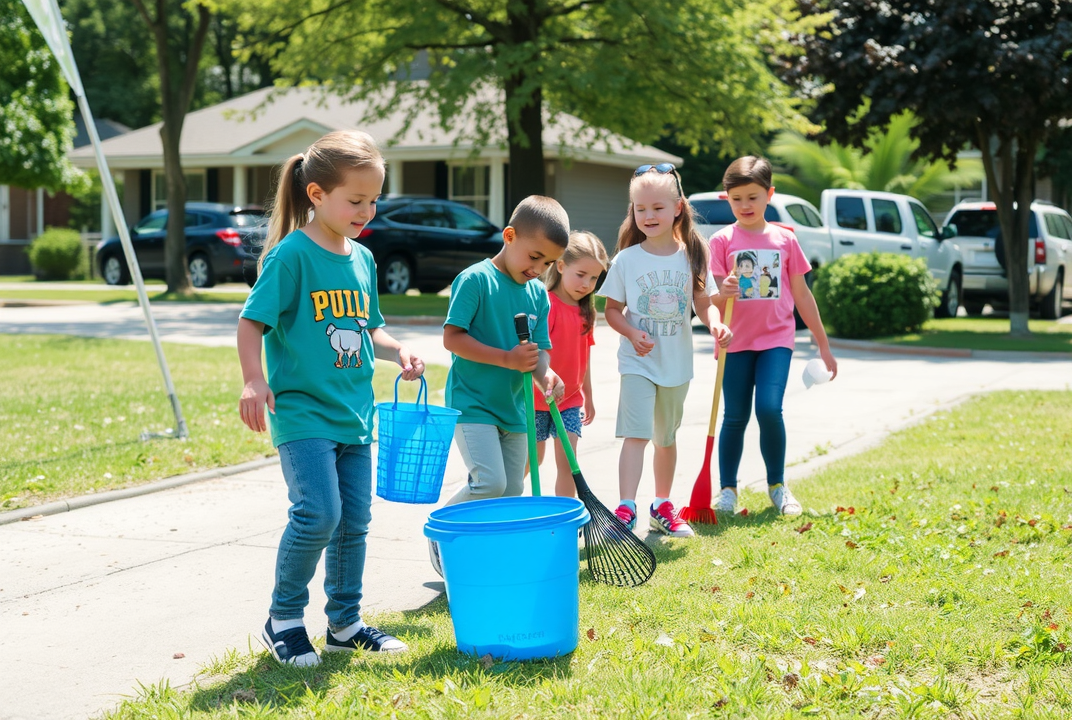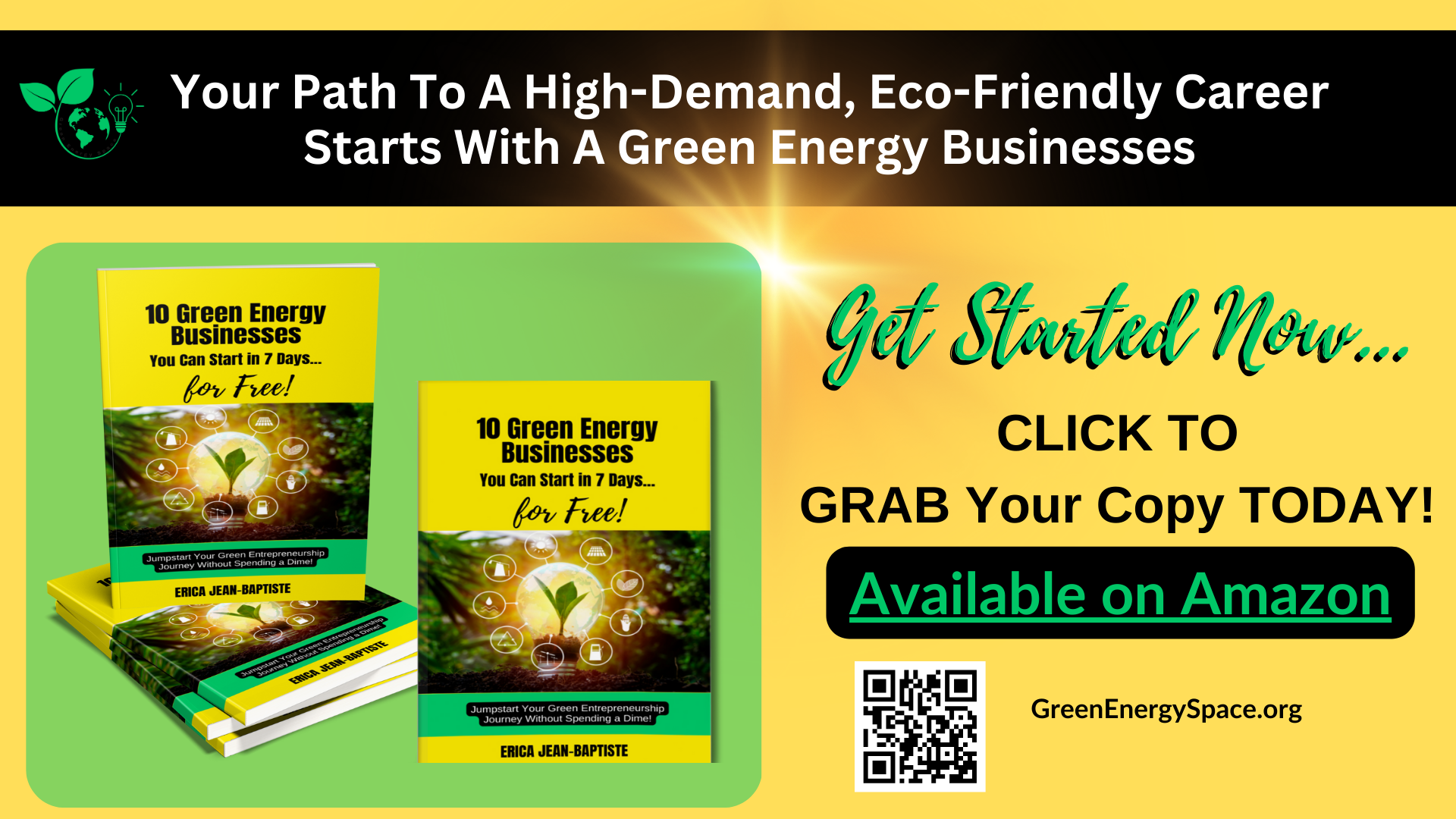Launching Winning Public Awareness Campaigns for Sustainability

Introduction
Did you know that small changes in your daily habits can significantly impact the planet's health? Picture your everyday choices as tiny ripples that can create big waves in the ocean of sustainability. Public awareness campaigns are like the megaphones that amplify these ripples, spreading the message of eco-friendly living far and wide. This blog post will walk you through effective strategies for launching public awareness campaigns focusing on sustainability.
You will learn about the key elements of successful campaigns, including planning, execution, and evaluating their effectiveness. Most importantly, you'll discover ways to engage the community and inspire positive changes.
The Power of Awareness: Why Campaigns Matter

Sustainability campaigns are pivotal in creating environmental consciousness. By informing people about issues like climate change and resource conservation, these campaigns empower communities to make informed decisions.
Awareness campaigns can transform vague ideas about the environment into clear actions. When everyone understands the impact of their actions, the collective effort can lead to significant positive change.
Planning Your Sustainability Campaign
-
Set Clear Objectives
-
Start by defining what you want to achieve. Do you aim to reduce plastic usage in your community, or perhaps promote energy conservation?
-
Having specific goals will guide your campaign and make it easier to measure success.
-
-
Identify Your Audience
-
Understand who you want to reach. Are you focusing on students, local businesses, or a broader audience?
-
Knowing your audience helps tailor messages that resonate, making them more effective.
-
-
Crafting Your Message
-
Your message should be clear, concise, and compelling. Use relatable language to connect with your audience, and avoid jargon that might confuse them.
-
Incorporate humor or interesting anecdotes to make your message stick.
-
-
Choose the Right Channels
-
Decide on the best platforms to reach your audience. This could include social media, newspapers, radio, or community events.
-
Each platform has its strengths. For instance, social media allows for creative visuals, while community events facilitate face-to-face engagement.
-
Executing the Campaign
-
Organize Engaging Activities
-
Consider hosting workshops, challenges, or clean-up events that encourage active participation.
-
Activities should be fun and informative, leaving participants with a sense of fulfillment and new knowledge.
-

-
Collaborate with Influencers and Organizations
-
Partnering with eco-conscious influencers or local environmental groups can amplify your reach.
-
Collaborations bring diverse resources and ideas, enriching your campaign.
-
Measuring Success
-
Gather Feedback
-
Create surveys or host focus groups to collect feedback on your campaign.
-
Understanding what worked and what didn't helps refine future campaigns.
-
-
Track Change
-
Monitor measurable changes, such as reduced waste or increased recycling rates.
-
Celebrate successes, no matter how small, to motivate continued effort.
-
Challenges and Solutions
Every campaign faces hurdles. Common challenges include limited resources and participant engagement. Here's how to overcome them:
-
Limited Budget
-
Seek sponsorships or local grants that support sustainability initiatives.
-
Utilize free social media platforms to share your message widely.
-
-
Engaging the Community
-
Host events in popular community spots to attract more participants.
-
Use storytelling to make your message relatable and ignite interest.
-
Inspiring Real-life Examples
Let's look at a few inspiring examples of successful campaigns:
-
Plastic-Free July
-
A global movement encouraging people to reduce single-use plastics. The challenge engages participants in mindful consumption.
-
-
Earth Hour
-
An international event where individuals and businesses turn off non-essential lights for an hour to raise awareness about energy conservation.
-
These examples show how creativity and determination can ignite widespread change.
Conclusion
Effective sustainability campaigns awaken the conscious citizen within each of us. As you embark on your campaign journey, remember the power of your message and the change it can inspire. Start with small, achievable goals and grow from there. Every individual's effort contributes to a healthier planet.
Ready to make a change? Begin planning your sustainability campaign today and empower your community to embrace greener living.

